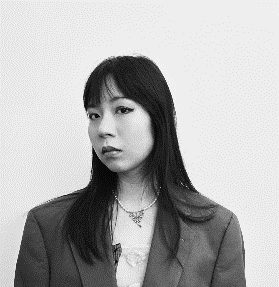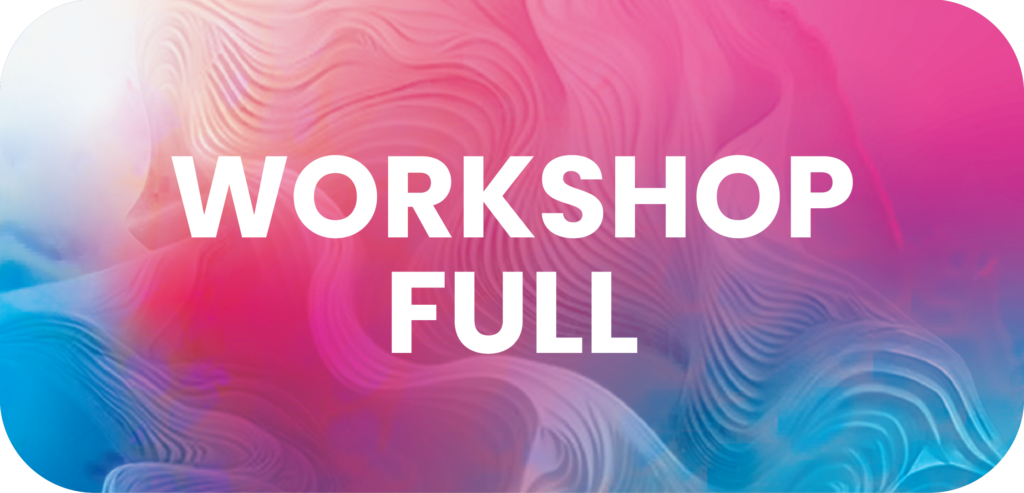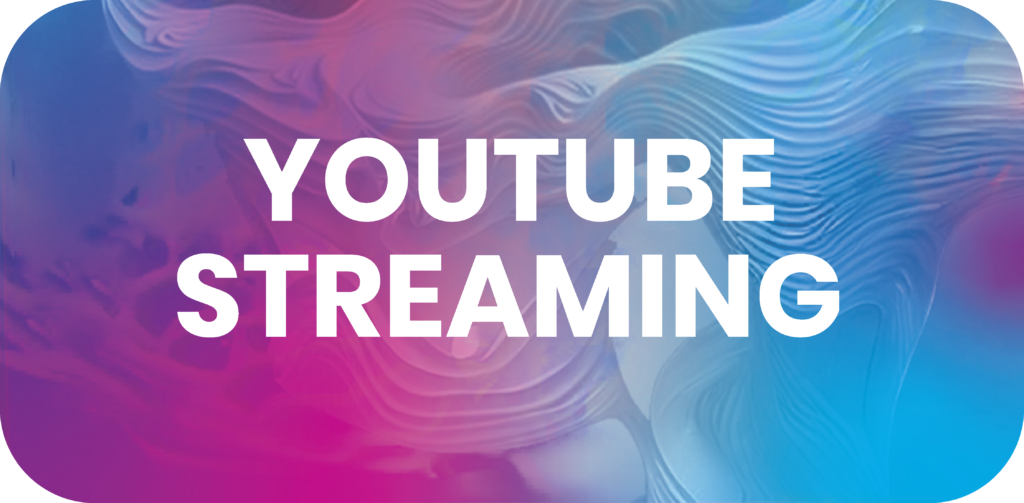Latent Object? 404 gLITCH!
Instructors: Peggy Yu / Han Tu / Tom Chan
Dates: July 22- 26 / EST 10 am – 2pm, GMT 3pm – 7pm
Themes: Artificial Intelligence / AR/VR / Design Fiction
Required Software: Blender, Rhino, After Effects, 3D modelling software or iPhone 12/13/14pro (for scanning), Polycam, Camera, Metashape ( optional)
Total Hours of the workshop: 20 hours
Number of Students: 60
This workshop is full please refer to the live-stream or other available workshops.


Description:
How can we turn objects into architecture, using AI Image generator to inspire our design process? How can we turn 2D images into 3D space and then a 4D animation?
We will teach you how to use open-sourced AI generators such as stable diffusion UI. We will abuse the technology to create fragments of space in the 3D world. Then, we will assemble these fragments of space into an immersive film, or even bring it to AR.
By using photogrammetry as a digital process, we will start from inspiration in the object scale, and then amplify it to spatial scale, to form a spatial construct using Machine Learning and digital modeling tools, questioning the agency of machine and designer in the age of artificial intelligence. Expect to have an intensive technical course and a visually driven outcome.
We will be joined by Anna Font (AA EmTech Ph.D. candidate) and Zach Chan (Computer programmer) for a final discussion and review.


Detailed Workshop Schedule:
July 22 – Day 1: Introduction and Object Exploration
- Introduce the concept of daily objects in culture and their significance.
- Discuss the evolution of objects in art and technology, from Renaissance still-life to glitched 3D scanned mirrors.
- Encourage students to bring in their own everyday objects for observation and discussion.(break 5 mins and come back for group discussion)
- Conduct a hands-on session on photogrammetry, teaching students how to capture objects using this digital process.
July 23 – Day 2: Scaling and Spatial Constructs
- Explore the idea of generating from object to space.
- Guide students in amplifying the inspiration from their chosen object to create spatial constructs.
- Introduce “Stable Diffusion AI” to aid in the creation of spatial constructs.
- Provide demonstrations and tutorials on how to apply these techniques practically.
July 24 – Day 3: Form and Space
- Guide students in using technology to convey these misunderstandings, utilizing digital modeling tools like Blender or similar software.
- Provide support and guidance as students work on developing their spatial constructs.
July 25 – Day 4: Animation and Provocative Filmmaking
- Teach students techniques for animating their spatial constructs using software like Blender.
- Discuss the role of the machine and designer in the age of artificial intelligence, encouraging critical thinking and exploration of the agency.
- Guide students in creating provocative films that challenge preconceived notions of space, technology, and design.
July 26 – Day 5: Augmented Reality and Final Presentations
- Introduce Augmented Reality (AR) as a tool for visualizing objects in real-time on websites.
- Guide students in incorporating their spatial constructs into an AR experience.
- Conduct final presentations, where students showcase their photogrammetry, digital models, animations, and AR visualizations.
- Encourage a discussion on the technical outcomes achieved and the creative concepts explored throughout the workshop.
Instructors:

Peggy Yu:
Peggy (Peiyao) Yu is a media artist and architectural designer. She studied at Architectural Association Diploma. Recently, she won the Young Architect Competition “Dream Villas – YAC”. She is also the winner of the RIBA’s “Future City – Metaverse Festival 2022”. She was a previous researcher and a juror at workshops organised at Tongji University, Shanghai. She has various experiences from built installations, including digital fabrication and interactive narrative performances, ranging from physical installation and robotics to media art.

Han Tu:
Han is a SMArchS candidate in Design & Computation and Computer Science at MIT. She received a Diploma in Architecture from Tongji University and a Master of Architecture and a big data program from Tsinghua University. She is a researcher with an extensive background in programming and computational design. Aspiring to leverage programming and computer science skills to revolutionize physiological sensing in VR.

Tom Chan:
Tom holds a Master of Architecture (AA Diploma) at the AA School of Architecture, and a Bachelor of Architecture at the University of Hong Kong. He worked in Peter Cook Architects as a visualizer, for various projects. His works were published by AArchitecture Magazine in London, NFA Architecture in Berlin and International Design Seminar at TU Delft, Netherlands.


